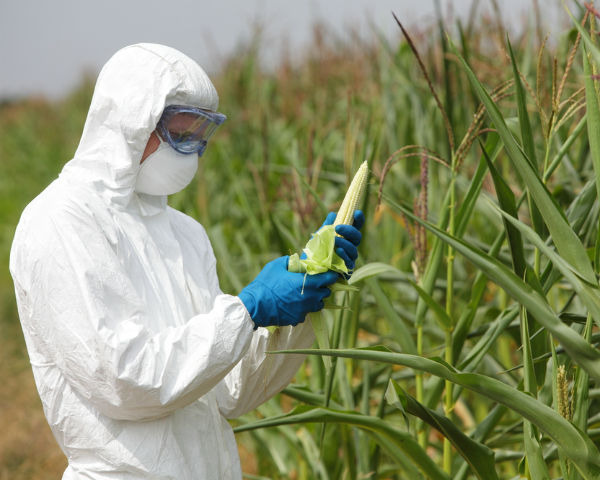How The World Regulates GMOs
This is one in a series of stories; visit The Daily Meal Special Report: GMOs (Genetically Modified Organisms) for more.
Opinions on how — or whether — to regulate GMOs in the food chain vary widely from country to country, and there is only one major international document concerning the issue. The Cartagena Protocol on Biosafety is intended to function as an international agreement on biosafety, regulating the international trade, handling, and use of genetically engineered organisms. The protocol is designed to minimize the possibility of genetic pollution and to ensure the safety of crops and to take into account risks of human health. It is a subsidiary agreement to the UN Convention on Biological Diversity and has been signed by 166 countries as of this writing. However, most of the large producers of GMO foods – including the United States and Canada – have not signed the protocol, effectively rendering it toothless.
The United States currently has no regulations regarding GMO labeling or growth. The European Union, on the other hand, has extremely rigorous GMO regulations regarding importation, labeling, and farming. The EU allows the importation of some GMOs, although these are largely for animal feed. In the EU, both food intended for human consumption and animal feed with a GM threshold of 0.9% or higher must be labeled. There are currently only two GM crops that may legally be grown in the EU.
As in so much else, France has gone its own way in the matter, and has had an on-again, off-again relationship with GMOs. The country was fined €10 million (almost $14 million) for failing to accept the stringent EU rules on GMOs within the given timeframe, but crops grown in France are now GMO-free. The largest agricultural producer in Europe, France is currently facing pressure to introduce GM seeds, although this would be against EU regulations. The country, along with the rest of the EU, has a labeling threshold of 0.9%.
Elsewhere:
Brazil is the second largest GMO producer in the world after the U.S., and has conducted very few studies regarding GMO safety and standards. Initially outlawing the growth of GMO products, Brazil eventually legalized the cultivation of GMO soybeans in 2002. However, all products that contain GMOs sold within the country must be so labeled.
Canada grows genetically engineered crops, including corn, canola, and soy, and imports GM foods as well. Foods derived from biotechnology are considered "novel" by the Canadian government, however, and manufacturers must submit data regarding safety to Health Canada for a safety assessment.
South Africa is one of very few African countries to grow GM crops. It has been suggested that Africa in general has been hesitant to plant biotech crops due to a combined wariness of U.S. corporations and the influence of European activists. South Africa, however, hosts operations belonging to three large GM companies and currently grows GMcorn and soybeans. South African law dictates that all products containing 5% or more GM components must be labelled.
New Zealand has exceptionally stringent GMO laws: no genetically modified food is allowed to be grown, and no medicines containing GMOS are approved. New Zealand requires all foods with a one percent threshold be labeled.
India is one of the largest growers of biotech cotton in the world, and the introduction of this crop significantly reduced the country's use of pesticides. Research is ongoing for an effective GM eggplant intended for growth in the country. However, there was a rash of suicides related to GMOs a few years ago — as many as 16,000 according to some estimates: farmers had gone into debt purchasing expensive GM seeds, and found themselves ruined. India now has mandatory labeling of some GM foods, but has not set a threshold, effectively muzzling the law.
